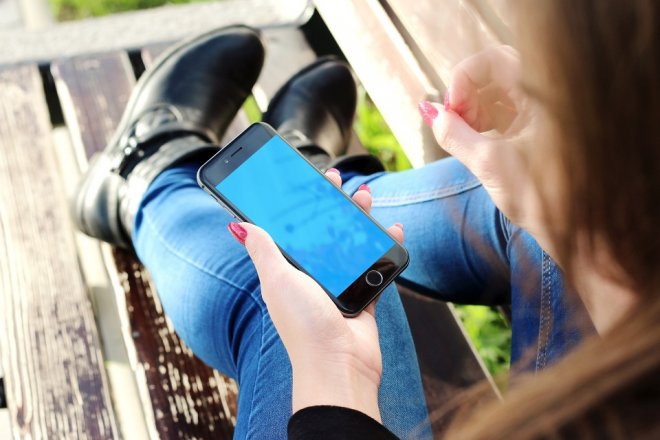
People with diabetes may soon be able to go on a vacation without their glucose monitoring kits with them. Researchers have developed a smartphone case and app that can record and track their blood glucose readings, whether they are.
"Integrating blood glucose sensing into a smartphone would eliminate the need for patients to carry a separate device," said Patrick Mercier, Professor at University of California San Diego in the US.
The device, called GPhone, is a portable glucose sensing system detailed in the journal Biosensors and Bioelectronics.
GPhone has two main parts. One is a slim, 3D printed case that fits over a smartphone and has a permanent, reusable sensor on one corner.
The second part consists of small, one-time use, enzyme-packed pellets that magnetically attach to the sensor.
The pellets are housed inside a 3D printed stylus attached to the side of the smartphone case.
To run a test, the user would first take the stylus and dispense a pellet onto the sensor - this step activates the sensor. The user would then drop a blood sample on top.
The sensor measures the blood glucose concentration, then wirelessly transmits the data via Bluetooth to a custom-designed Android app that displays the numbers on the smartphone screen. The test takes about 20 seconds.
Afterwards, the used pellet is discarded, deactivating the sensor until the next test.
The stylus holds enough pellets for 30 tests before it needs to be refilled. A printed circuit board enables the whole system to run off a smartphone battery.
The pellets contain an enzyme called glucose oxidase that reacts with glucose. This reaction generates an electrical signal that can be measured by the sensor's electrodes.
The greater the signal, the higher the glucose concentration. The team tested the system on different solutions of known glucose concentrations and found that the results were accurate throughout multiple tests.
"An added benefit is the ability to autonomously store, process and send blood glucose readings from the phone to a care provider or cloud service," Mercier said.
The team envisions one day integrating glucose sensing directly into a smartphone rather than a case.
The work is currently at the proof-of-concept stage.









